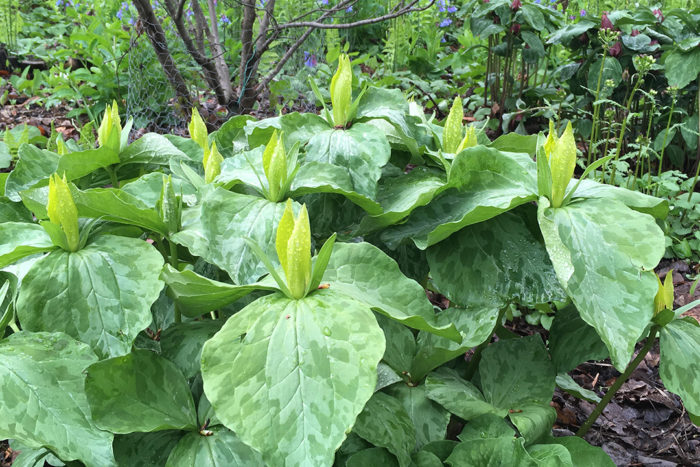
My favorite springtime destination at my workplace, Olbrich Botanical Gardens in Madison, Wisconsin, is our lovely wooded Wildflower Garden.
Oaks (Quercus spp. and cvs, Zones 4-10), maples (Acer spp. and cvs., Zones 3-9), and shagbark hickory (Carya ovata, Zones 4-8) form a canopy of dappled shade, while birches (Betula spp. and cvs., Zones 2-9) and aspen (Populus spp. and cvs., Zones 1-10) thrive adjacent to a pond. Witch hazel (Hamamelis spp. and cvs., Zones 3-8), pagoda dogwood (Cornus alternifolia, Zones 3-7), redbud (Cercis canadensis, Zones 4-8), spicebush (Lindera benzoin, Zones 4-9), and pawpaw (Asimina triloba, Zones 5-9) are dotted throughout the understory, but the real stars are the spring-blooming ephemerals and woodland natives.
Natural gardens like this one are best managed with a light touch. As soon as snow recedes, large branches and debris are picked up, and we might tidy up path edges or redistribute piles of fallen leaves. We sometimes divide and move plants from well-established clumps, or thin plants that fill in aggressively, crowding out more delicate companions. The well-established plantings are so dense that little weeding is necessary. I highly recommend incorporating some of these lesser-known woodland gems into your shade garden. Unless otherwise noted, all prefer humus-rich but well-draining soil and full to part shade, and they resent disturbance. Delight in the spring color they provide when we so desperately need it, and enjoy their surprises for years to come!
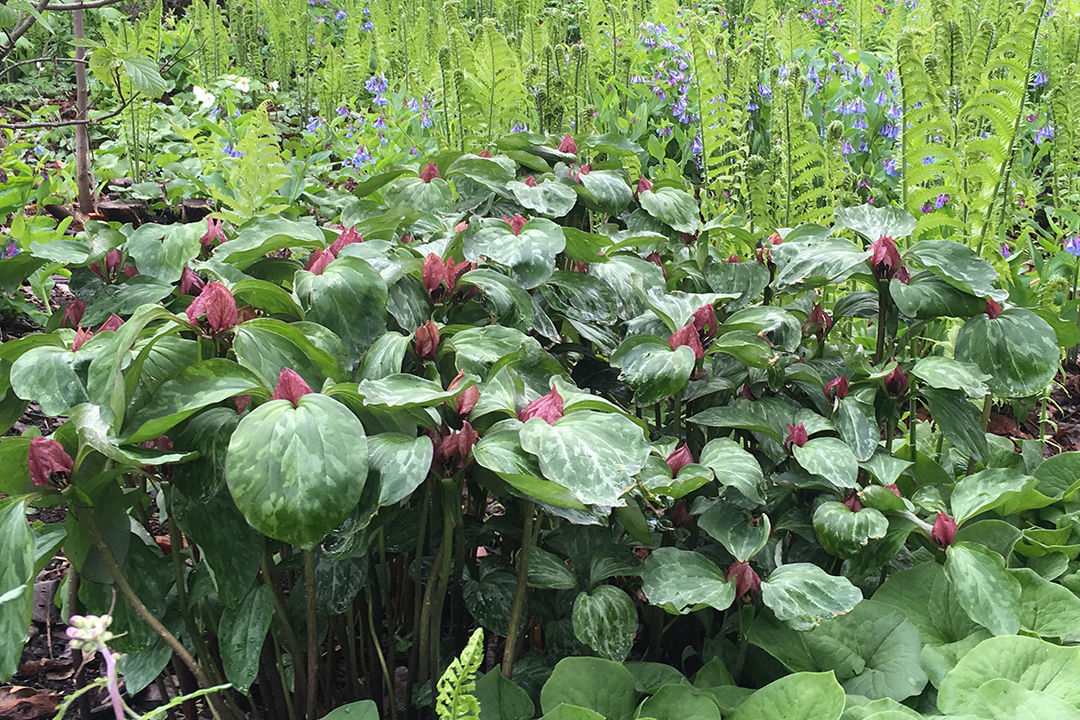
Yellow trillium (Trillium luteum, Zones 4–8) and prairie trillium (Trillium recurvatum, Zones 4–9)
We have struggled to cultivate the ethereal great white trillium (T. grandiflorum) but have had great success with its colorful cousins, finding volunteer plants pop up that eventually colonize. Yellow trillium’s lime green flowers provide a refreshing counterpoint to spring’s pastels; a particularly nice vignette contrasts the soft blues and pinks of lungwort (Pulmonaria spp. and cvs.) with yellow trillium’s lime. Prairie trillium has wine red flowers that add drama. Both species share the classic trillium vaselike form and have fun, speckled leaves. Truly ephemeral, these plants benefit from companions such as ferns or sedges to cover fading foliage.
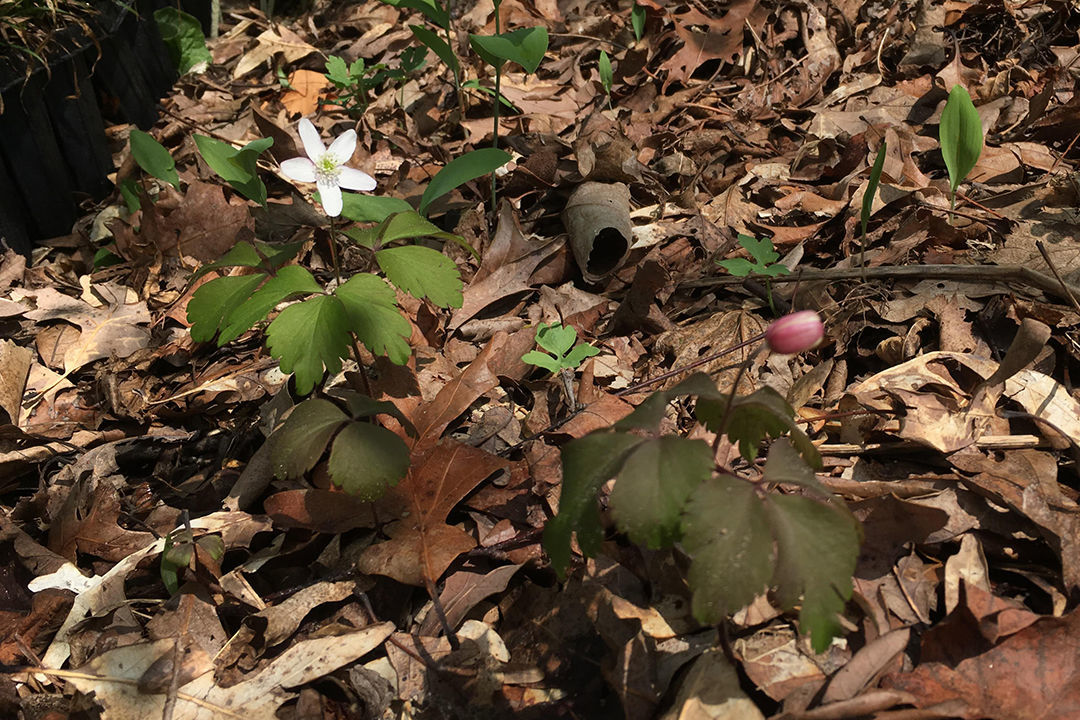
Wood anemone (Anemone quinquefolia, Zones 4–8)
Wood anemone is a widespread and beloved spring ephemeral. Locally abundant in native forests, and spreading by rhizomes, individual plants may require five years to flower. A frequent sight is a large clump of wood anemone’s delicately lobed leaves topped with sporadic, virginal white, five-petaled flowers rising to a height of only 6 to 8 inches. It is uncommon that we find seed for these plants for sale, so we were thrilled to find this up-and-comer last spring. Rarer still is a pink form, so keep your eyes out!
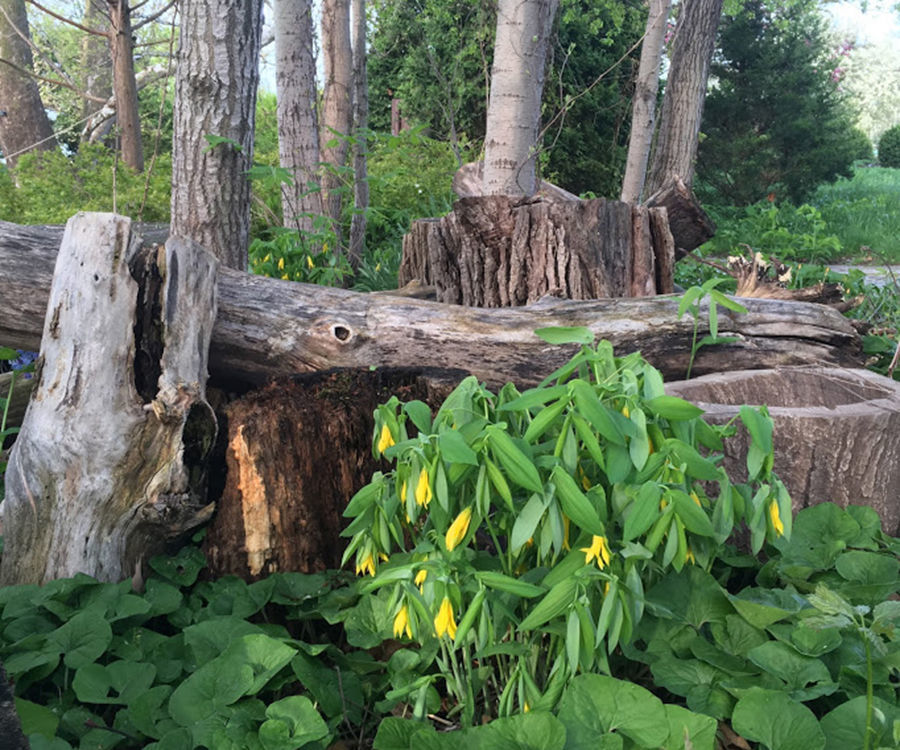
Woodland merrybells (Uvularia grandiflora, Zones 4–9)
With a common name like that, who wouldn’t smile? Merrybells’ arching stems grow to 18 inches tall in vase-shape clumps, followed by the unfurling of gray-green alternate leaves. The yellow, flaring flowers have a charming, droopy nature. With longer-lasting foliage than other spring natives—the leaves turn a haunting white in the fall—this is a good candidate for the shady border.
Erin Presley is a horticulturist at Olbrich Botanical Gardens in Madison, Wisconsin.


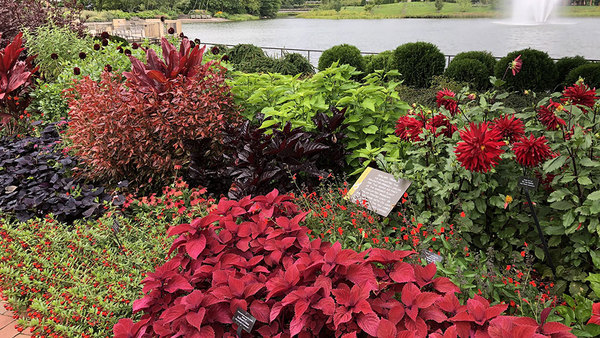















Comments
Log in or create an account to post a comment.
Sign up Log in